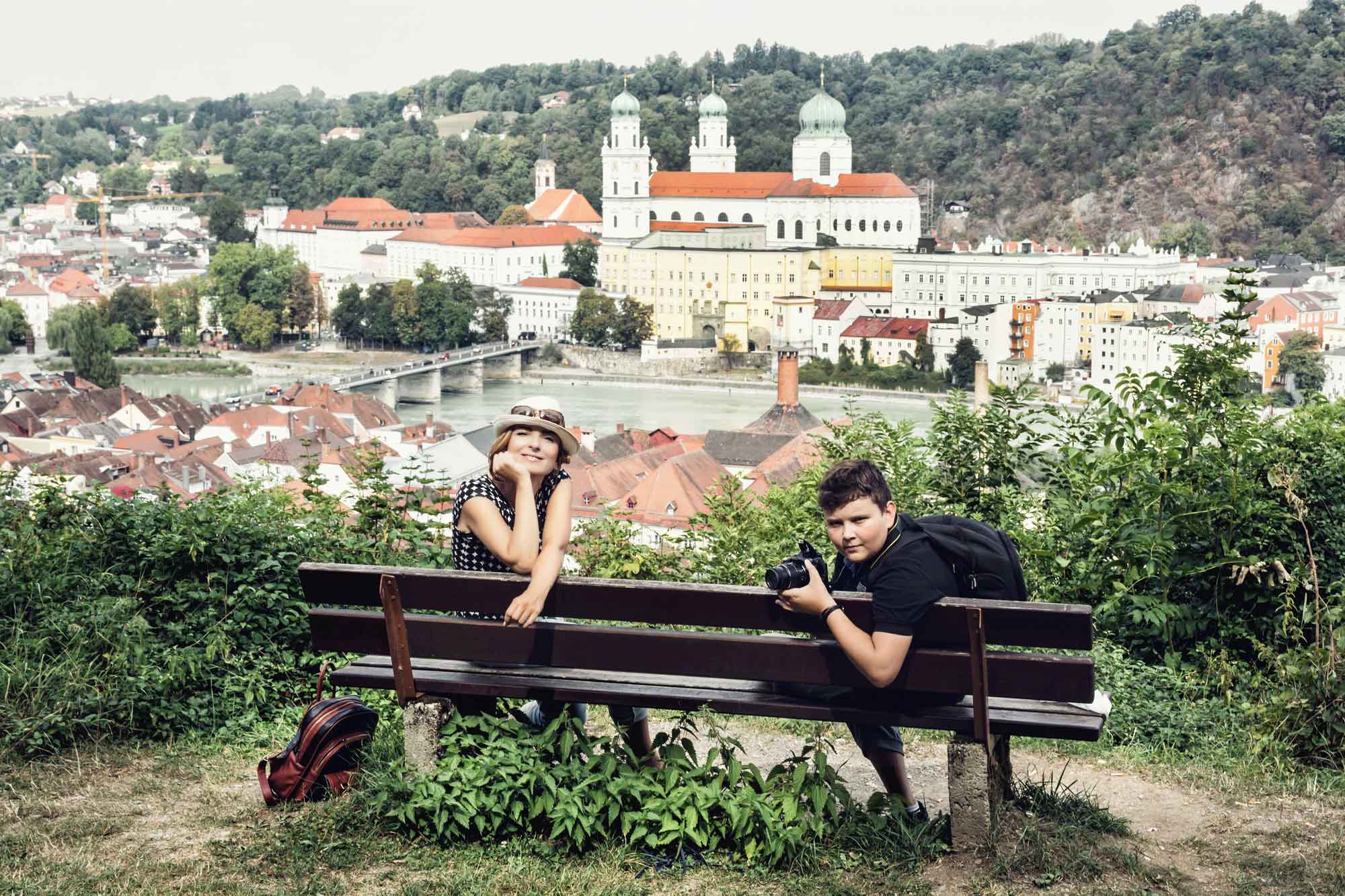Have you ever had to run from one end of the terminal to the opposite end to catch a connecting flight or find you aren’t even in the correct terminal to make a connection that leaves in 15 minutes? Unless you’re flying in and out of a major hub, you likely must connect somewhere. And, missed connections, whatever the cause, are arguably, the number one cause of untimely arrivals.
Here are some tips to help you make smooth connections.
- Don’t assume that because the airline sells a connecting pair, that there is adequate time built into the connection. Yes, if they sell it and they’re at fault for you not making it, they must make it right and get you on a later flight. But, that does nothing for your stress, comfort, and overall satisfaction. Not to mention missed time of your vacation. Do you want to arrive two days late for your once-in-a-lifetime trip?
- Not all airports are created equal. Know the minimal connection time that is reasonable for your connecting airport. The amount of time needed to change planes at New York LaGuardia is far more than at Chicago Midway.
- Make sure your connection is at the same airport. Think I’m kidding? Nope. The airlines will sell connecting pairs with arrival at one airport and departure at another. For example, arrive from US to Charles de Gaulle in Paris, with a connection at Orly to Bern. Getting from CDG to ORY takes over an hour. The airline will inform you that it’s a different airport, but people make assumptions they shouldn’t about time and distance. New York, London, LA, Paris, Osaka, Washington DC, and the Bay Area (California) are common regions where this practice is utilized.
- Pad your schedule a little. The airlines will sell connection pairs that require stars or angels aligning to make. 40 minutes at DFW is asking for trouble. Just because they sell it doesn’t mean it is likely to happen. Too many variables with no wiggle room. And even if you do make it, is it worth the stress? Schedule the next flight. If all goes as planned, you’ll have time to stroll through the airport instead of run; pick up a drink or coffee, use the restroom, have lunch, and enjoy a little people watching. If your flight is delayed, you’ve given yourself some extra time to make up for it.
- Connections should be on a single ticket. First, if you’re checking bags, you can’t check them through if your flights are on separate tickets. You’ll need to pick them up, re-check them and go through security again. Second, if you miss a connection on a single ticket, the airline will rebook you. If you are holding separate tickets, the second carrier won’t know why you didn’t make the flight and will cancel the whole ticket, impacting your return flights.
- Don’t change airlines. With code-sharing and partnering, this cannot always be avoided. But, if you have a choice, stick with the same airline for the entire inbound or outbound segments. If you do have to change, allow extra time for the connection for you and your bags.
- Avoid the last connection of the day. The earlier in the day you are connecting, the better your chance of a smooth connection. As the day progresses, scheduling hiccups can have an exponential impact. If you miss a connection early, you have a decent chance to be re-booked and make your destination on the same day. If you miss the last connection of the day, you’re spending the night at the airport or a nearby hotel.
Hopefully these tips will help you avoid a missed connection, or mitigate the impact if you do miss a flight. Have you ever missed the beginning of a vacation due to a missed connection?
Like this article? Subscribe to our newsletter to stay informed of tips, updates, and specials.
















